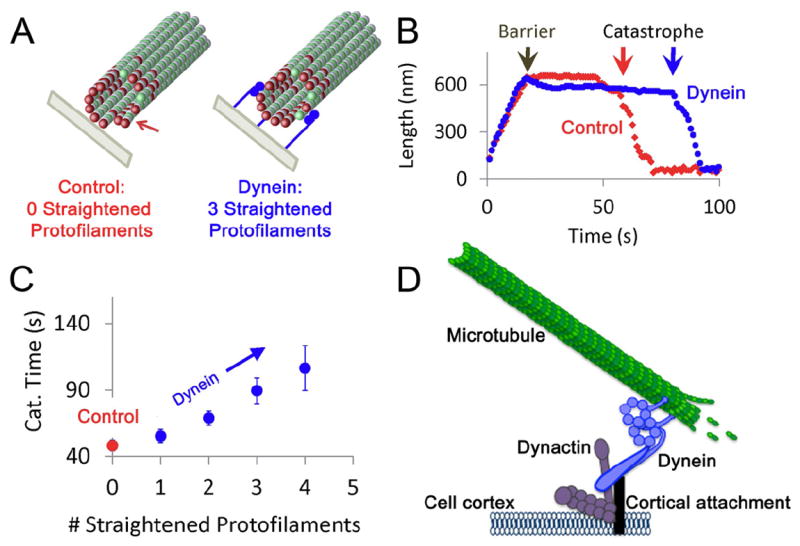Figure 3. Cortically-localized dynein tethers and stabilizes microtubules.

(A) 3D model simulations assume that GDP-tubulin subunits (green, with GTP-tubulin subunits in red) have an intrinsic preference for curving outward in the microtubule lattice, and so extended protofilaments with exposed GDP tubulin subunits near to the tip have the tendency to curl outwardly (left). This curling destabilizes the MT tip, leading to catastrophe events. However, cortex-anchored dynein could straighten individual protofilaments as dynein exerts tension on the MT tip (right, 3 dynein molecules shown in orange). (B) In the 3D model simulations, once a MT contacts the barrier, the MT has a catastrophe event after ~30 s in this simulation run. However, if 3 random protofilaments are targeted for straightening in the simulation, the time to undergo a catastrophe event is increased to ~70 s. (C) The mean simulated time to catastrophe after contact with a barrier is given as a function of the number of protofilaments that are targeted for straightening in the simulation. For three targeted protofilaments, simulated catastrophe time increases about two-fold, consistent with experimental observations. (D) In a proposed model, cortically anchored dynein can actively tether and stabilize projecting microtubule (MT) plus-ends.
